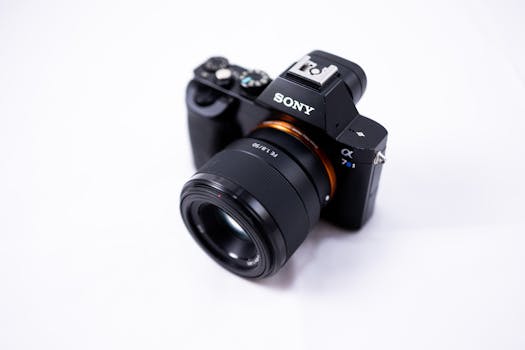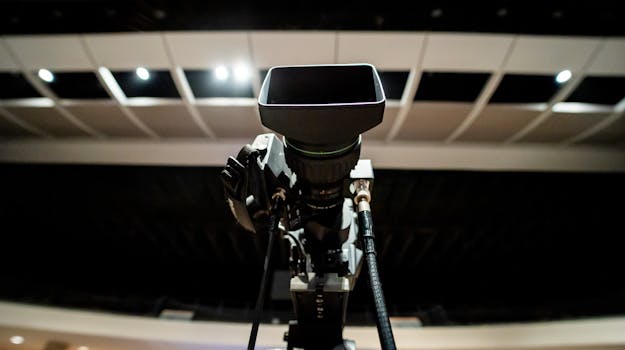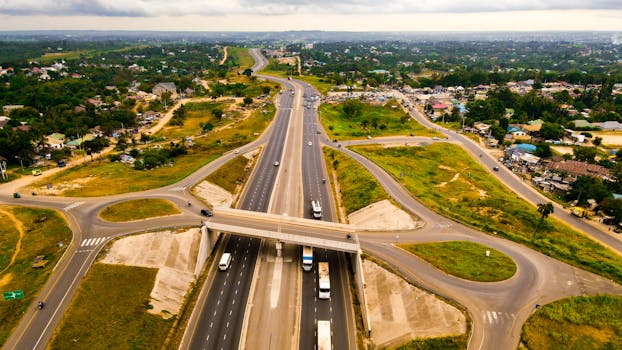Takeaways

Introduction to Digital Cameras

The Evolution of Digital Cameras
Digital cameras have come a long way since their inception. Initially, they were bulky, expensive, and offered limited functionality. However, with the rise of technology, digital cameras have become more compact, affordable, and versatile. Today, we have a variety of options including DSLRs, mirrorless cameras, and compact point-and-shoots.
Current Trends in Digital Cameras

1. Mirrorless Technology on the Rise
Mirrorless cameras have gained immense popularity in recent years due to their lightweight design and advanced capabilities. Unlike DSLRs, mirrorless cameras do not have a mirror system, allowing for a more compact body without compromising image quality. Brands like Sony, Canon, and Fujifilm are leading the way with innovative mirrorless models that cater to a range of photographers.
2. Enhanced Connectivity Features
Today’s digital cameras come equipped with Wi-Fi and Bluetooth capabilities, allowing for seamless sharing of images to smartphones and tablets. This feature is especially beneficial for social media enthusiasts who want to upload their photos instantly without the need for a computer.
3. 4K and Beyond: Video Capabilities
With the rise of video content creation, many digital cameras now offer 4K video recording and even 8K in some high-end models. This enhancement allows photographers and videographers to produce high-quality content suitable for various platforms, from YouTube to professional filmmaking.
Featured Digital Cameras of 2023

1. Canon EOS R6 Mark II
The Canon EOS R6 Mark II is a powerful mirrorless camera that boasts a 20MP full-frame sensor, 4K video capabilities, and impressive autofocus performance. With its in-body image stabilization and fast continuous shooting speed, this camera is perfect for capturing action shots and low-light environments.
2. Sony A7 IV
The Sony A7 IV is a versatile full-frame mirrorless camera that excels in both photography and videography. With a 33MP sensor, advanced autofocus system, and 4K video capabilities, it is ideal for professionals and enthusiasts alike. Its ergonomic design and robust build quality make it a favorite among many photographers.
3. Nikon Z9
The Nikon Z9 is Nikon’s flagship mirrorless camera, featuring a 45.7MP sensor and the ability to shoot 8K video. Its innovative features, such as real-time tracking and a 120fps burst mode, make it a powerhouse for sports and wildlife photography.
Comparing Key Features

1. Sensor Size
The sensor size greatly affects image quality, depth of field, and low-light performance. Full-frame sensors are preferred by professionals, while APS-C sensors offer a good balance of quality and portability.
2. Autofocus System
A robust autofocus system is essential for capturing sharp images, especially in fast-paced environments. Look for cameras with advanced phase detection and eye-tracking features.
3. Lens Compatibility
Your choice of digital camera should also consider the available lens options. Some brands offer a wide range of lenses, while others have limited compatibility.
Photography Techniques with New Cameras

1. Mastering Composition
Composition plays a vital role in photography. Familiarize yourself with the rule of thirds, leading lines, and framing to create visually appealing images.
2. Understanding Exposure
Learn about the exposure triangle—aperture, shutter speed, and ISO. Mastering these elements will help you achieve the correct exposure in various lighting conditions.
3. Utilizing Post-Processing
Post-processing is an essential part of modern photography. Software like Adobe Lightroom and Photoshop can enhance your images and correct any imperfections.
Conclusion

FAQs
1. What should I look for when buying a digital camera?
Consider factors like sensor size, autofocus performance, battery life, and lens compatibility. Determine your primary use—whether it’s photography, videography, or both—to find the right camera for you.
2. Are mirrorless cameras better than DSLRs?
Mirrorless cameras have advantages such as lighter weight, faster shooting rates, and advanced video capabilities. However, DSLRs offer longer battery life and a more extensive selection of lenses. The choice depends on your needs and preferences.
3. How important is post-processing in photography?
Post-processing is crucial for enhancing images and correcting mistakes. It allows photographers to express their style and bring their vision to life, making it an essential skill in modern photography.







